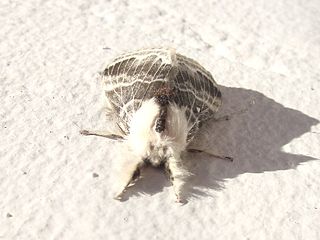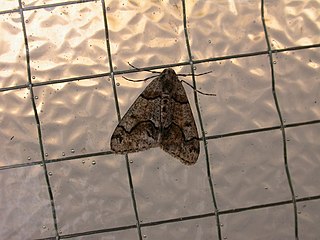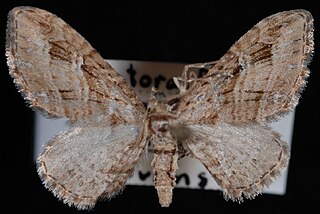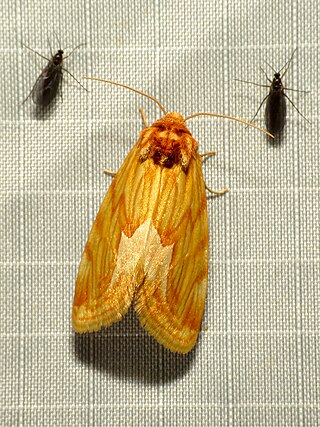
Cisthene is a genus of lichen moths in the family Erebidae. The genus was erected by Francis Walker in 1854.

Diatraea is a genus of moths of the family Crambidae.

Cirrhophanus is a genus of moths of the family Noctuidae. The genus was erected by Augustus Radcliffe Grote in 1872.

Eriopyga is a genus of moths of the family Noctuidae. The genus was erected by Achille Guenée in 1852.
Stiria is a genus of moths of the family Noctuidae. The genus was erected by Augustus Radcliffe Grote in 1874.

Tolype is a genus of moths in the family Lasiocampidae. The genus was erected by Jacob Hübner in 1820.

Gabriola is a genus of moth in the family Geometridae.
Mesoscia is a genus of moths in the family Megalopygidae.

Megalopyge is a genus of moths in the family Megalopygidae.
Macara is a genus of moths in the family Megalopygidae.

Mansonia mosquitoes are large black or brown mosquitoes with sparkling on their wings and legs. They breed in ponds and lakes containing certain aquatic plants, especially the floating type like Pistia stratiotes and water hyacinth. The eggs are laid in star-shaped clusters on the undersurface of leaves of these plants. The larvae and pupae are found attached to the rootlets of these plants by their siphons. They obtain their air supply from these rootlets. When preparing to transform into adults, these pupae come to the surface of water and the fully formed adults emerge and escape. The control of Mansonia mosquitoes accomplished by removal or destruction of the aquatic host plants by herbicides.
Eupithecia casloata is a moth in the family Geometridae first described by Harrison Gray Dyar Jr. in 1904. It is found in North America, including Yukon, British Columbia, Alberta, Saskatchewan, New Brunswick, Newfoundland and Labrador, Quebec, Washington, Montana, Oregon, Wyoming, Colorado, Utah, California, Maine and New Hampshire.

Eupithecia niphadophilata is a moth in the family Geometridae first described by Harrison Gray Dyar Jr. in 1904. It is found in North America from British Columbia and western Alberta south to New Mexico.
Azaxia is a genus of moths of the family Notodontidae.
Ornarantia dyari is a moth in the family Choreutidae. It was described by August Busck in 1900. It is found in Florida and on the Bahamas. The species name honors entomologist Harrison Gray Dyar Jr.
Stiria dyari is a species of moth in the family Noctuidae. It is found in North America.
Deinocerites is a genus of mosquitoes in the family Culicidae. There are about 18 described species in Deinocerites.

Cirrhophanus dyari is a moth in the family Noctuidae first described by Theodore Dru Alison Cockerell in 1899. It is found in North America.

John Bernhardt Smith was an American professor of entomology who specialized in systematics and economic entomology while also serving as the State Entomologist of New Jersey. Smith is remembered in insect taxonomy for the conflict that he had with Harrison Dyar.
Phobetron dyari is a species of slug caterpillar moths in the genus Phobetron and the family Limacodidae.












